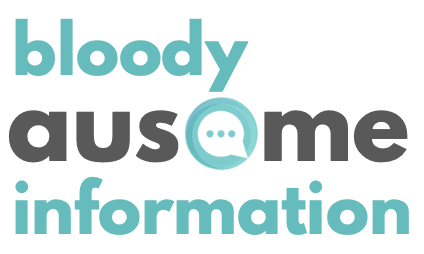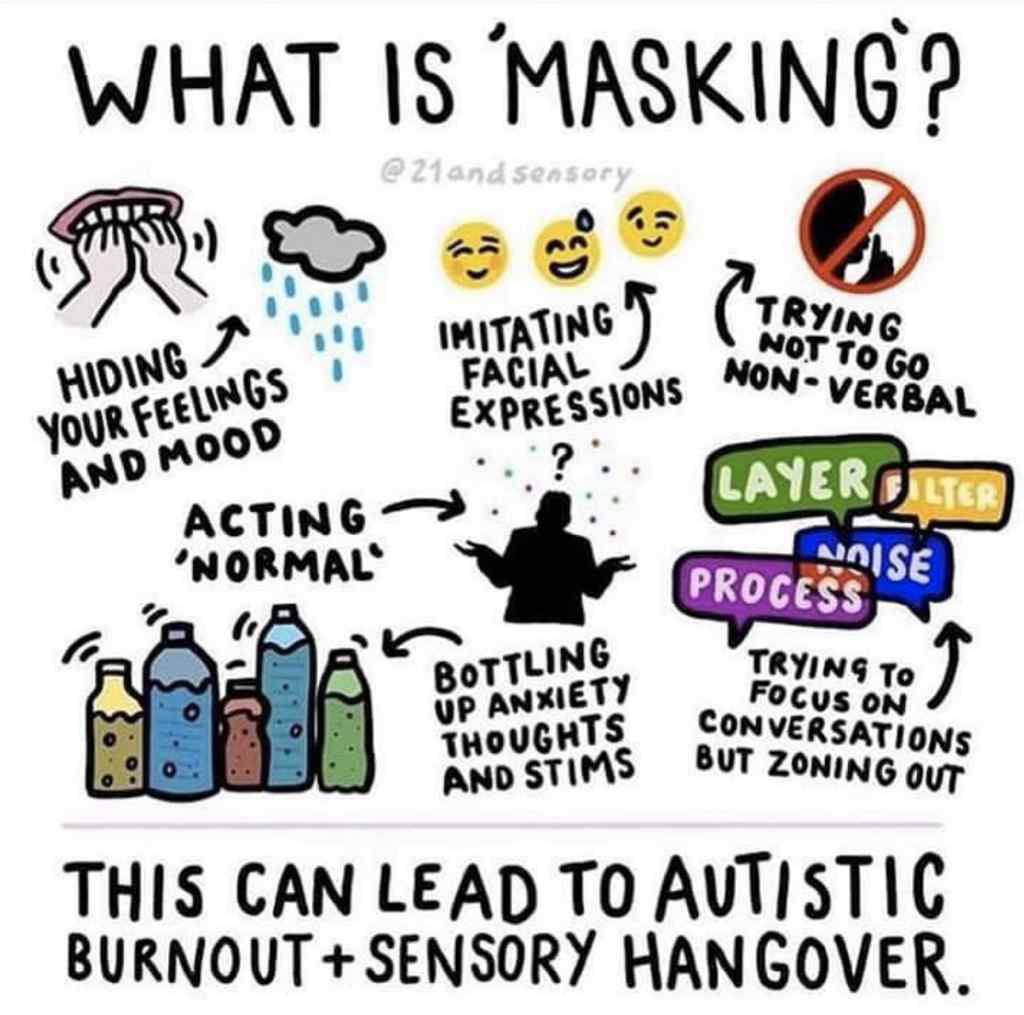What is Autistic Masking?
Autistic masking occurs when being different, or neurodiverse, is not understood or welcomed, or when an Autistic person feels that being or acting neurotypical is preferred (because it makes others feel more comfortable).
Autistic people may feel they have to hide their neurodiverse behaviours in order to be accepted so he/she will mask, or contain or control certain parts of themselves in order to fit in (especially if they've ever experienced teasing or bullying before).
The most common reason for Autistic masking is usually for social reasons, including avoiding negative consequences (like teasing or bullying), as well as methods to form social connections with others.
Whatever the motivation for masking, the person feels they must hide their differences or change the way they naturally act, because their environment doesn't tolerate, support or respect their neurodiversity, or because their peers and/or friends don't understand them when they're not masking.
Source: The Little Black Duck, 'Autistic Masking'
Source: Kate, Girls Autistic Journey, Illustrated by @introvertdoodles
Source: @neuroclastic, 'Unmasking'
Source: @yennpurkis5
Source: @autieselfcare, 'Autistic Masking Can Look Like'
See more infographics on Autistic Masking, here.










